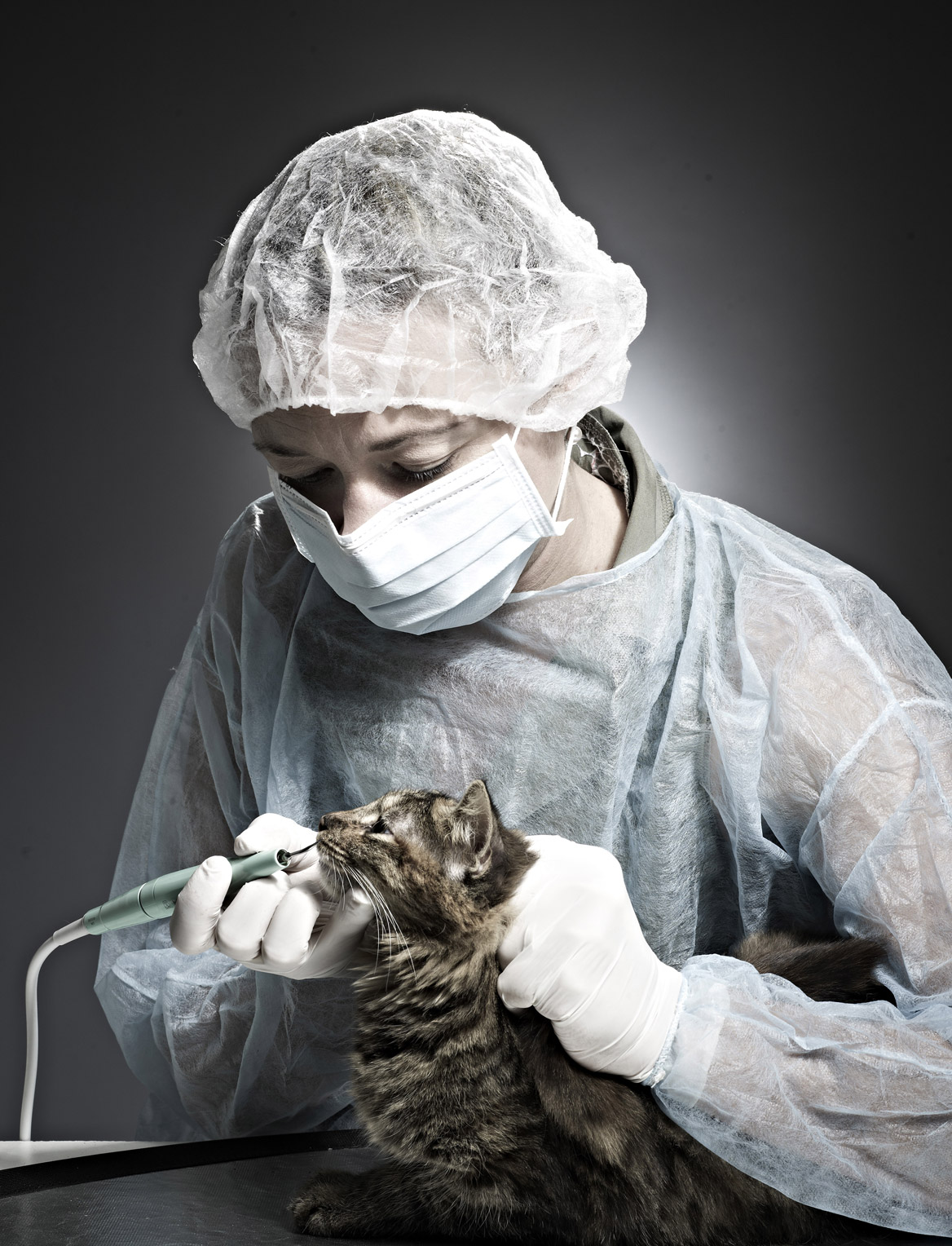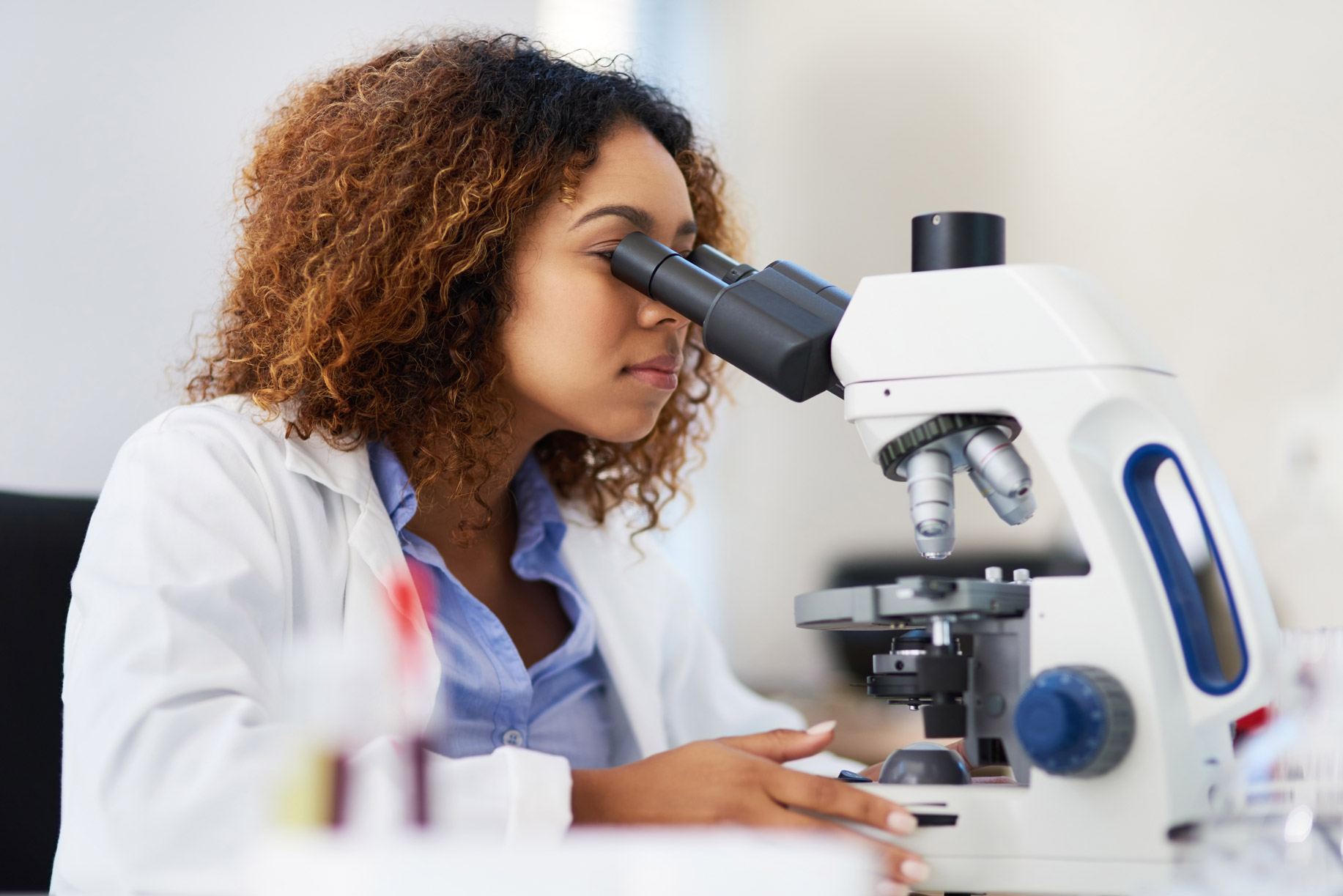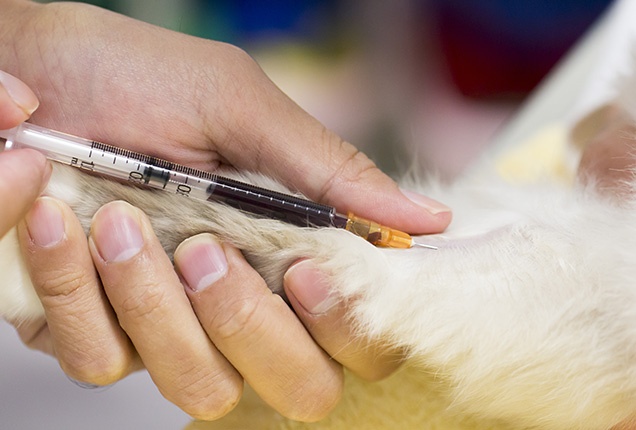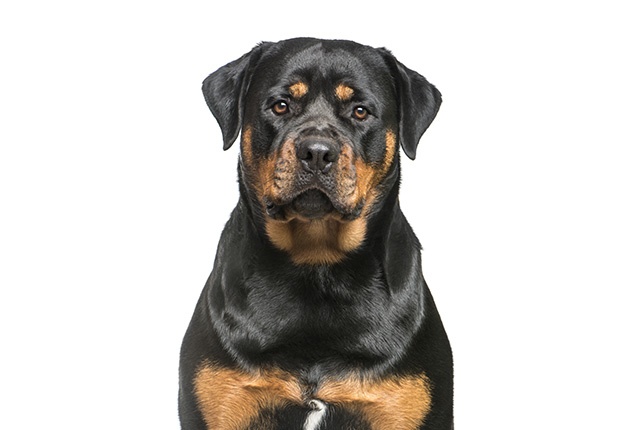WHAT IS VETERINARY DENTISTRY?
The care of your pet’s mouth, also known as veterinary dentistry or veterinary odontostomatology, deals with issues affecting the teeth, gums, lips, tongue, palate, and jaws.
Oral problems are a common concern for dogs, cats and exotics, and, if left untreated, can cause significant pain and even make eating impossible.
Mirroring the equipment and techniques used by dentists for humans, we provide high-quality dental care for dogs and cats: this includes a “drill” and a range of other specific dental instruments.
SIGNS THAT YOUR PET MAY NEED DENTAL CARE:
– If your dog or cat is showing signs of oral disease:
• bad breath
• signs of pain or discomfort while eating (trying to eat and suddenly stopping; whimpering while eating, etc.)
• bleeding from the mouth
• one or more broken teeth
– If your dog has jaw or palate issues:
• jaw or palate infection
• jaw or palate tumour
– If your dog or cat has misaligned teeth:
• their own teeth are hurting them and/or preventing them from closing their mouth properly
• one or more teeth are badly placed
• one or more teeth are missing
HIGHLIGHTS OF A DENTAL CONSULTATION
A specialist dental consultation includes:
• a detailed review of your dog or cat’s medical and surgical history
• a thorough examination of your pet’s teeth, oral cavity, and bite (how the upper and lower jaws meet), followed by relevant additional diagnostics (X-rays, dental X-rays, CT scan, etc.) if necessary
Please note that some examinations may require general anaesthesia, so your pet will need to come to the clinic on an empty stomach.
The consultation leads to a clear and accurate diagnosis and a therapeutic decision (medical, surgical or orthodontic) followed by implementation of an appropriate treatment plan for your dog or cat.
WHAT TO EXPECT DURING YOUR PET’S ORAL SURGERY
The main steps are as follows:
• we explain the surgical procedure in advance (technique used, expected benefits, potential complications, etc.)
• we give you a quote
• we perform the surgery (if dental X-rays are required, they are taken just before the operation under the same general anaesthesia)
• we monitor recovery and pain management
• we transfer the patient to hospital as soon as their condition has stabilised
• we discharge the patient once their overall health allows it (typically on the evening of the operation)
• we write a report summarising the surgery and hospital stay
EXAMPLES OF DENTISTRY PROCEDURES CARRIED OUT:
• simple and complex periodontal treatments: supragingival and subgingival scaling, root planing, polishing, gum surgery
• tooth extractions
• jaw and joint surgery: fracture stabilisation (interdental splints, intermaxillary blocking, cerclage, plates and screws, etc.); tumour removal (mandibulectomy, maxillectomy, etc.); condylectomy.
IN DENTISTRY, TAKING X-RAYS IS OFTEN ESSENTIAL:
• before any treatment, dental X-rays are used to assess tooth development, root condition, and surrounding bone
• after treatment, dental X-rays allow the veterinarian to confirm success
• cats are susceptible to a feline-specific disease called “dental resorption”, which in some cases can only be detected by dental X-rays





